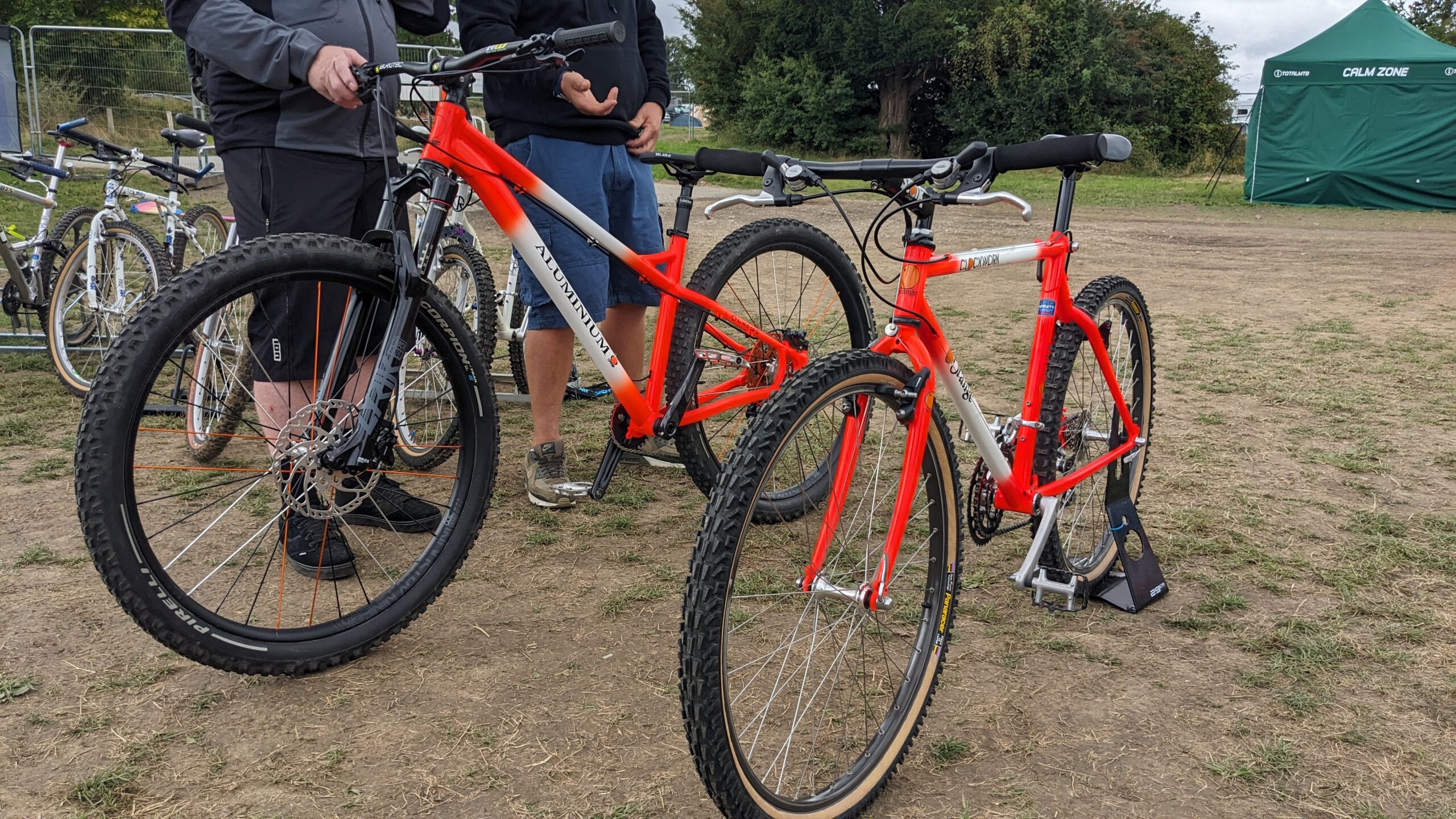I recently attended the Malverns Classic bike festival, where, in addition to racing, and general festivities, they have a retro bike show. Each year, enthusiasts from across the country gather to showcase their vintage bikes—some looking as pristine as the day they left the showroom, others still in regular use. It’s proof that 26” wheels are far from dead!
The retro bike show is easily one of my favourite parts of the festival, sparking a deep sense of nostalgia and joy. Back in 1996, I was a young, eager reader of MBUK magazine, captivated by the latest tech featured in its pages. Though I couldn’t afford any of it at the time, seeing those bikes again takes me right back to those days.
I wouldn’t classify myself as a techy but it’s impossible to ignore how far technology has come in the last few decades. Manufacturing techniques, materials, sizing and drivetrain have had one hell of an overhaul. Let’s check out nine of the most important advancements that have changed the face of mountain bikes forever.
Tyres
Although there were good quality tyres back in the 90’s, they were not a match for the current technology that we have available to us now. Unless you’re an entrant to the retro bike competition, or are a trials rider, then 26” wheels are dead and buried. Modern bikes are now equipped with (mostly) 29” tyres fitted onto wider rims. As a result, we have the ability to steamroll through much tougher terrain than before but with the additional benefits of lower tyre pressures, tubeless puncture resistance, more varied tread patterns, soft compound rubber and stiffer sidewalls. All of these changes mean than you can confidently ride through greasy root sections without hitting the deck!
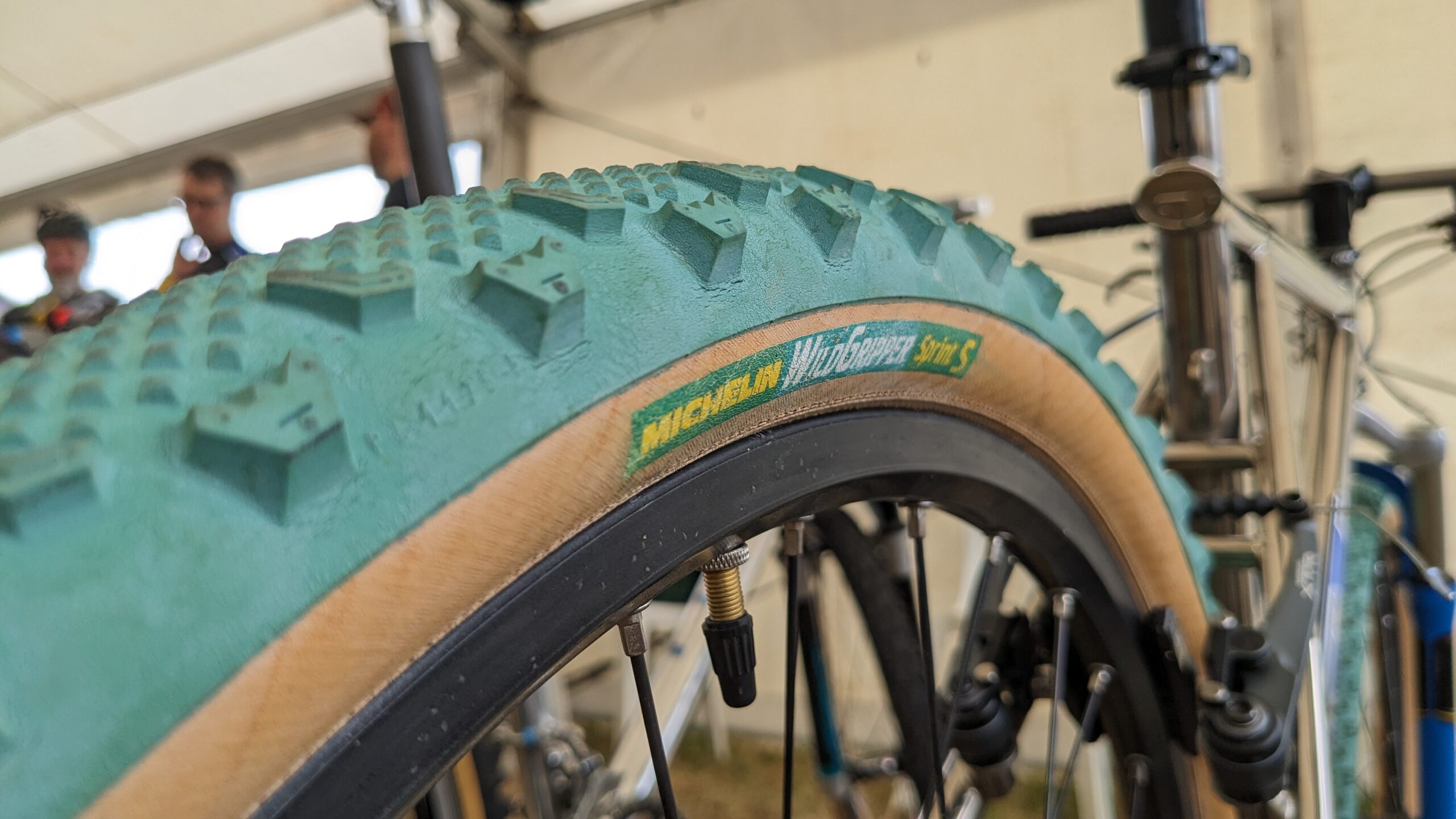
Handlebars
Just take a look at those! Super narrow and flatter than the mood in a Monday morning meeting. Modern carbon bars offer more stiffness, are wider, lighter and have a riser profile design which makes things much easier to control when the trails get tough.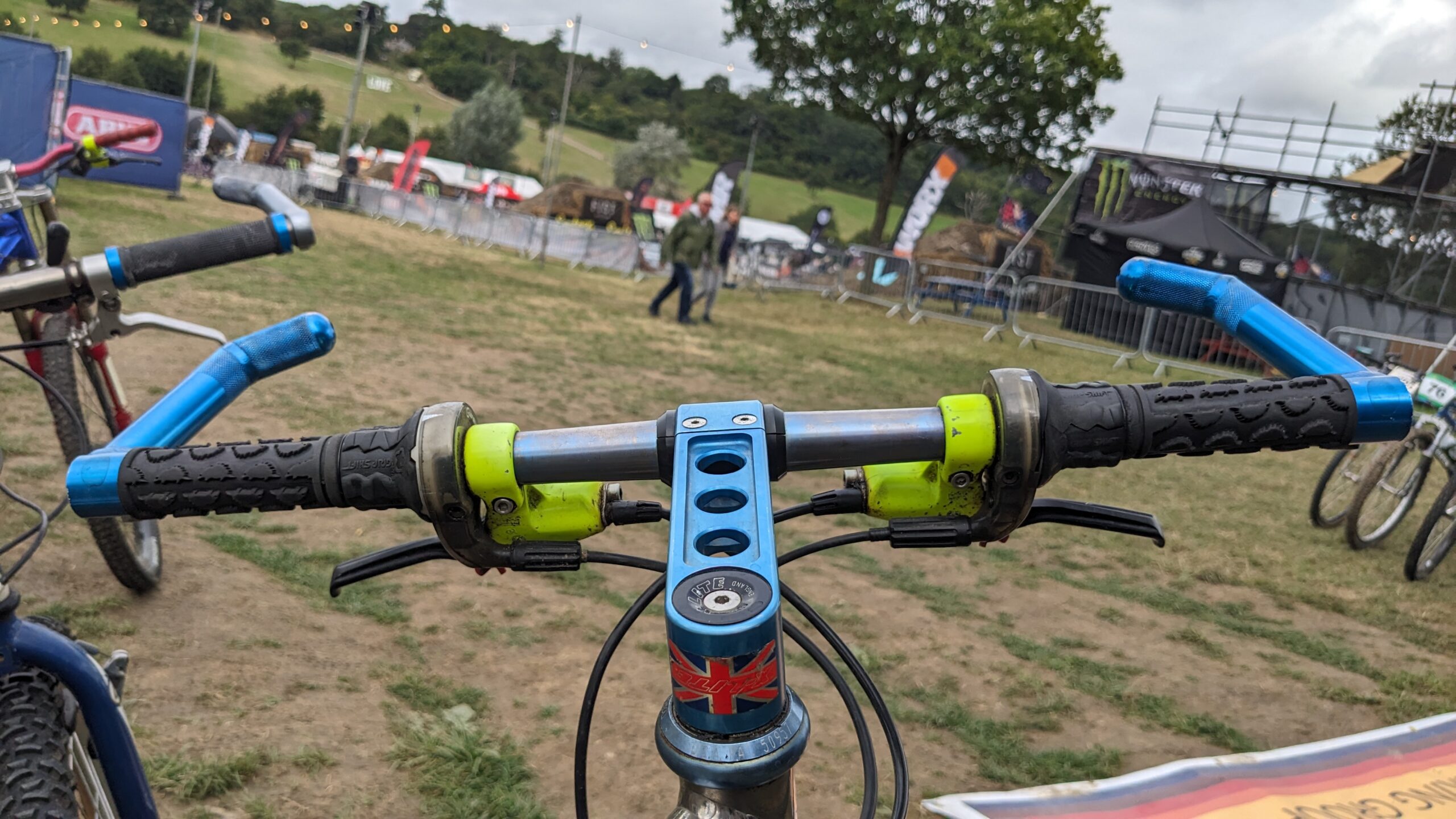
Brakes
For anyone who grew up riding cantilever brakes, you would have remembered the joy when Shimano adopted V brake systems. If you didn’t ride old mechanical brake systems, you have to take my word for it! Four finger braking on steep, rough terrain sucked!
As early as 1993, open system hydraulic disc systems were being manufactured by Formula. But with different mounting standards and other associated costs for discs, it took a while before all new performance bikes came with disc brakes as standard.
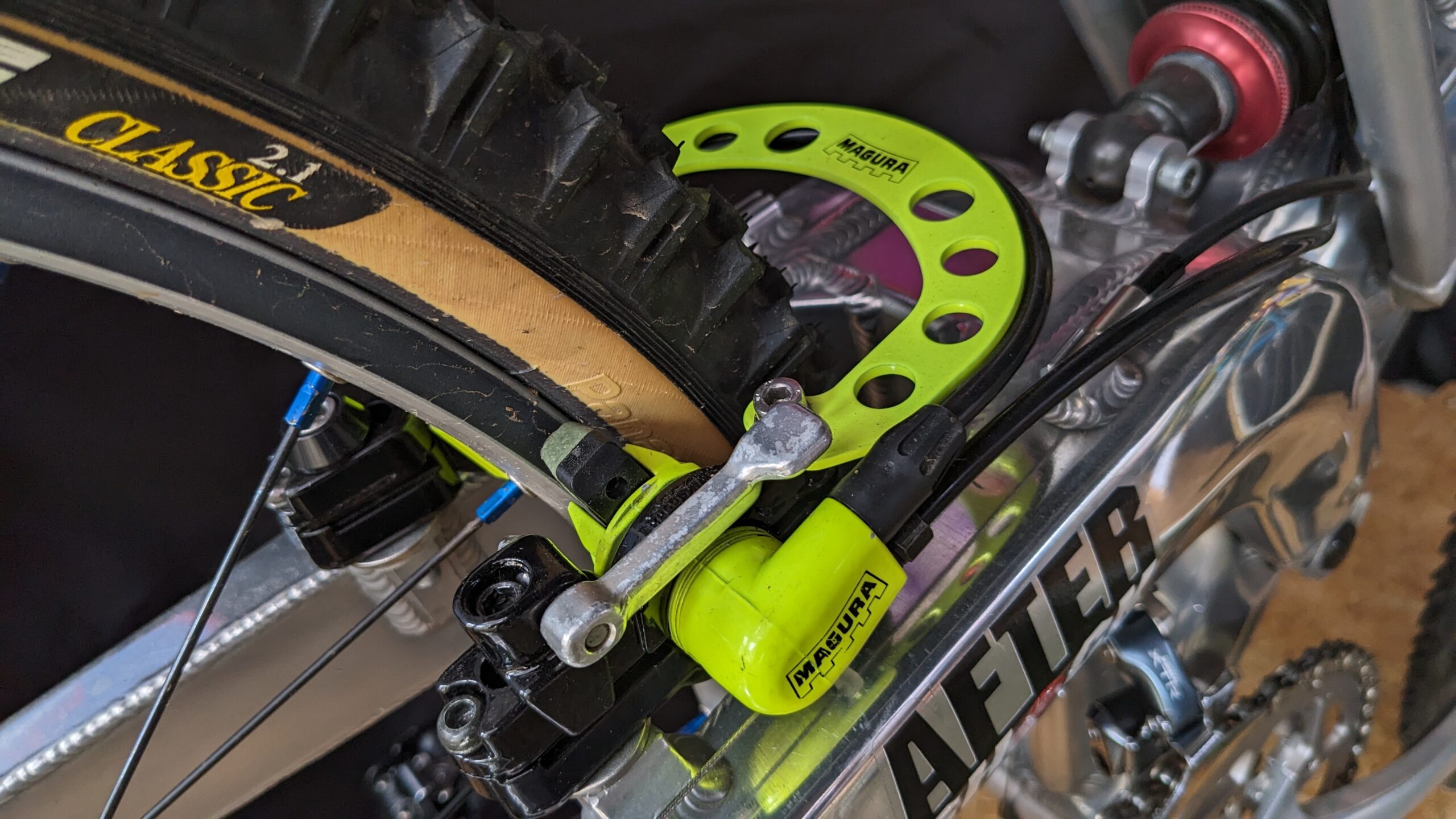
Suspension
Over the past two decades, mountain bike suspension technology has seen significant advancements, improving performance, comfort, and versatility. Suspension travel has increased across all bike categories, while air shocks have largely replaced coil shocks due to their lighter weight and adjustability. Modern bikes offer highly tuneable systems with advanced damping controls, and anti-squat designs have minimised pedal bob for better efficiency. Materials like carbon fibre have reduced weight and enhanced durability, and electronic suspension systems now provide automatic adjustments based on terrain. Combined with changes in geometry and wider hub standards, these innovations have made modern mountain bikes more capable across all terrain
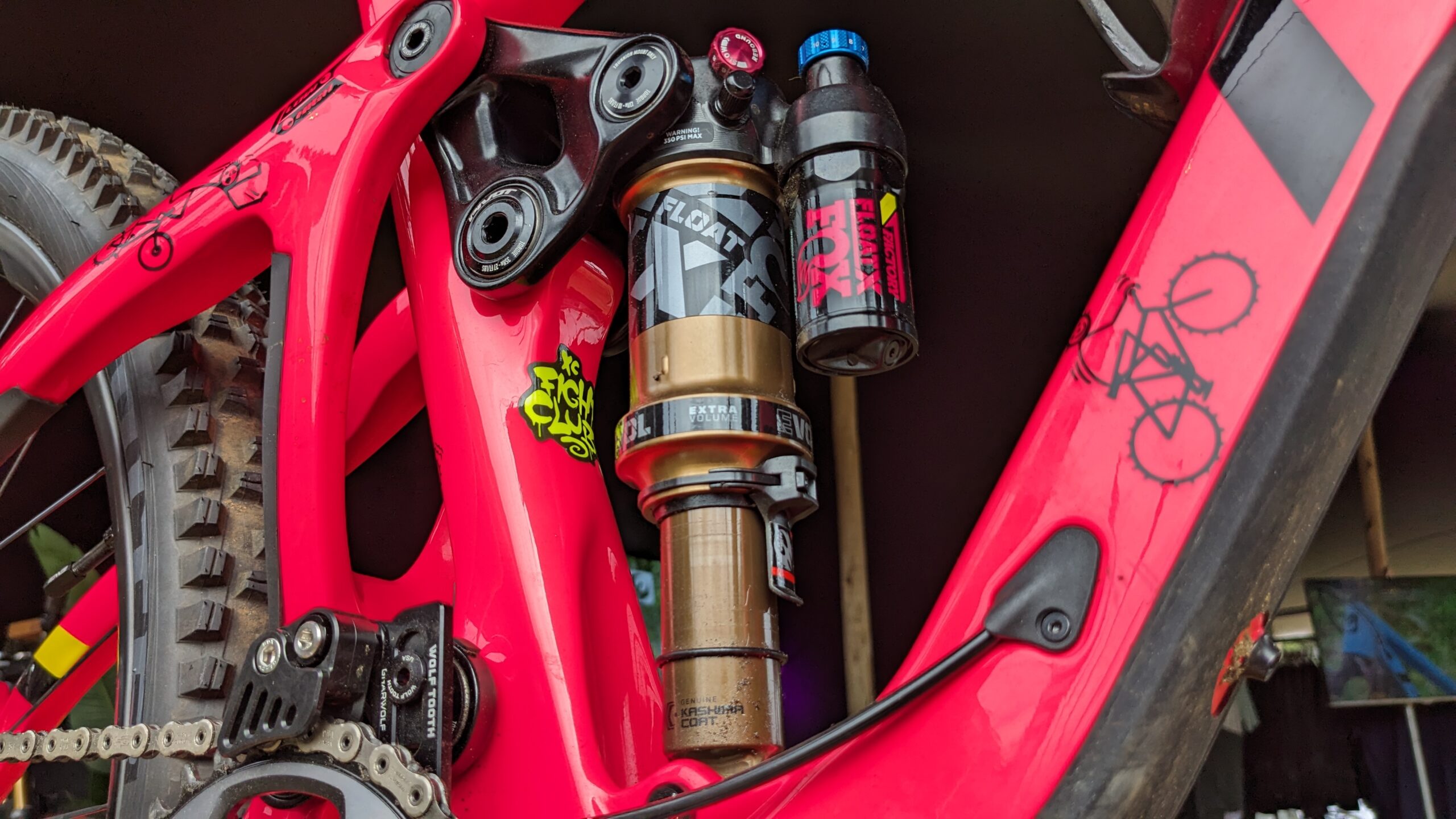

Drivetrain
Interestingly, although there have been some huge advancements in gear tech (mainly the advent of Wireless shifting) ultimately, the tech has barely changed since 1949 when Campagnolo introduced the Gran Sport RD .
Other than having a few more gear ratios on the back, 1x on the front and better quality multiway rapid shifters, we are still using multilink chains through a dual jockey wheeled rear derailleur onto a steel cassette. Pinion gearboxes and direct shaft drive tech is yet to make it to the mainstream so don’t worry just yet, your bike won’t be outdated for some time.
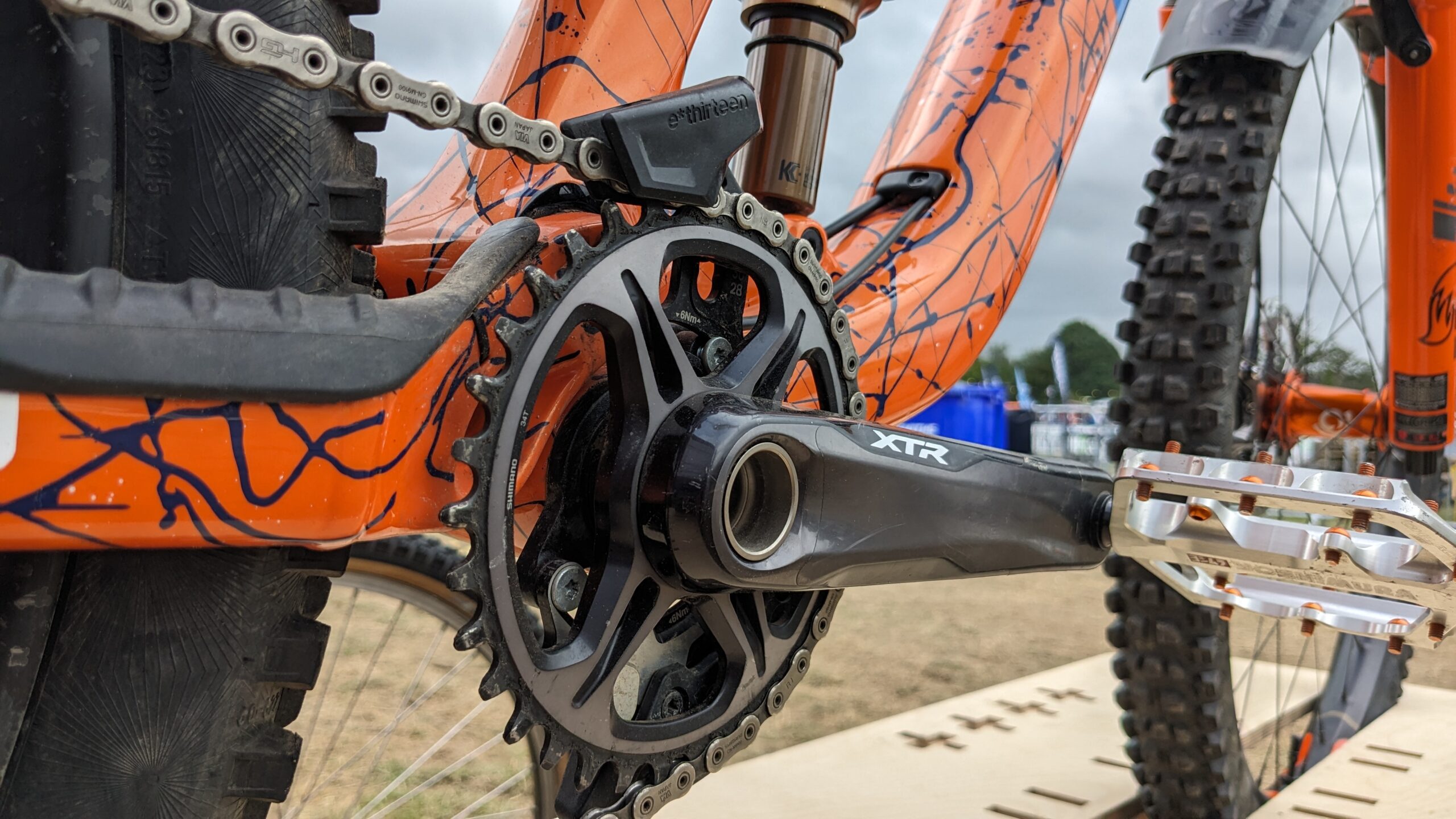
E bikes
Of course E-bikes were going to get a mention, weren’t they!? It’s clear to see the advantages of E-bikes and how they have been one of the main driving forces behind the recent resurgence in mounting biking popularity. The main draw (for me anyway) is that you can get about double the amount of runs in over a two-three hour session and not be completely smashed afterwards. E-bike tech is moving fast, with lighter batteries, more torque and better reliability but there is some way to go.
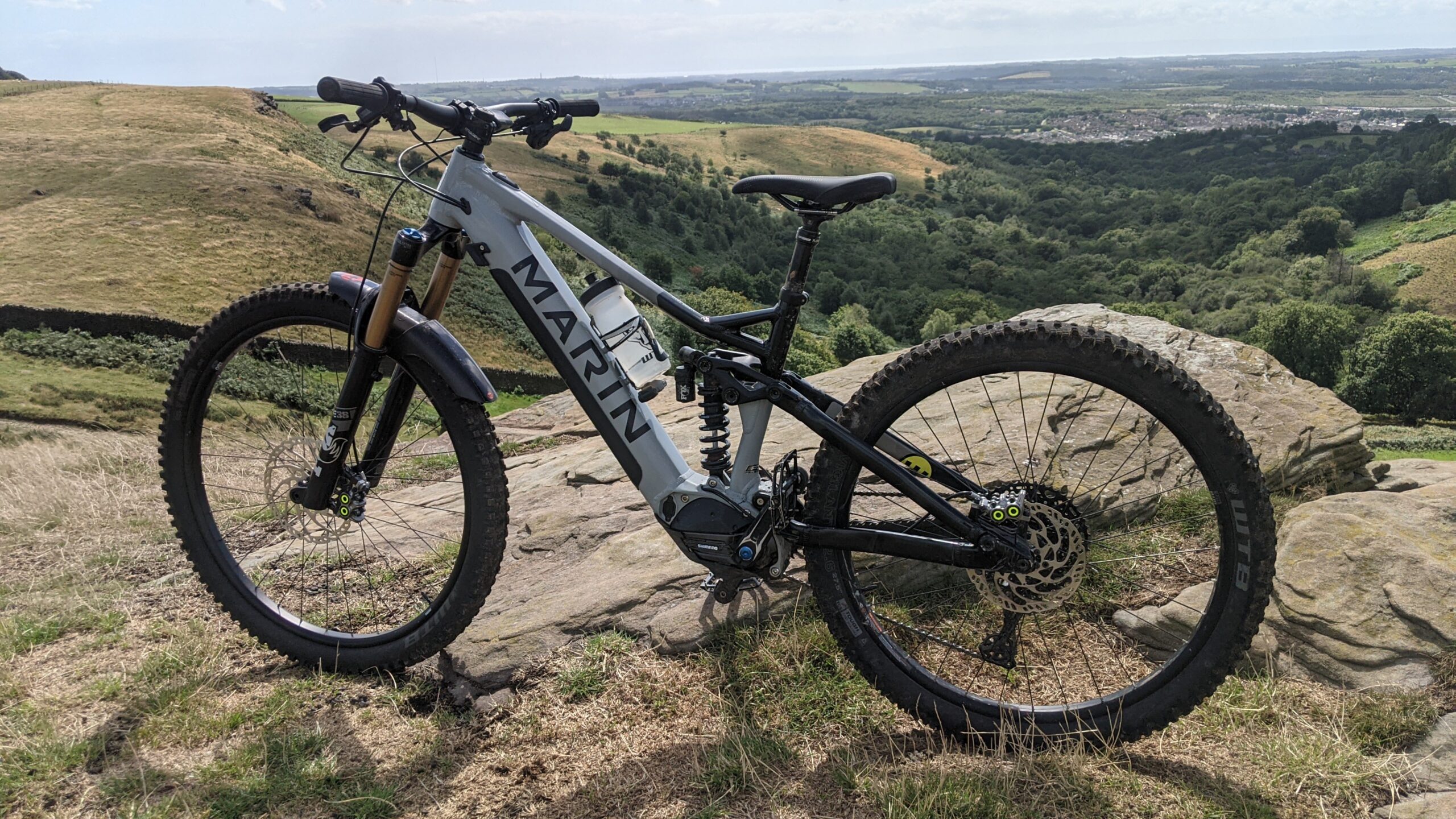
Production techniques
Carbon fibre bicycle production is not really eco friendly, see Trek’s 2021 report here, so its refreshing to see a less wasteful process being adopted by Atherton bikes. Atherton Bikes are built using a hybrid approach that combines 3D-printed titanium lugs and carbon fibre tubing, resulting in highly customizable, durable, and performance-driven bikes. The titanium lugs are created using additive manufacturing (3d printing to you and me) allowing for precise adjustments to the bike’s geometry without the need for costly molds, as required in traditional carbon frame production. These lugs are then bonded to carbon fibre tubes using aerospace-grade adhesives, creating a lightweight and strong frame. This process allows for extensive customisation to meet individual rider preferences and geometry requirements. Better still, the 3D printing and assembly is all done in-house, in Wales!
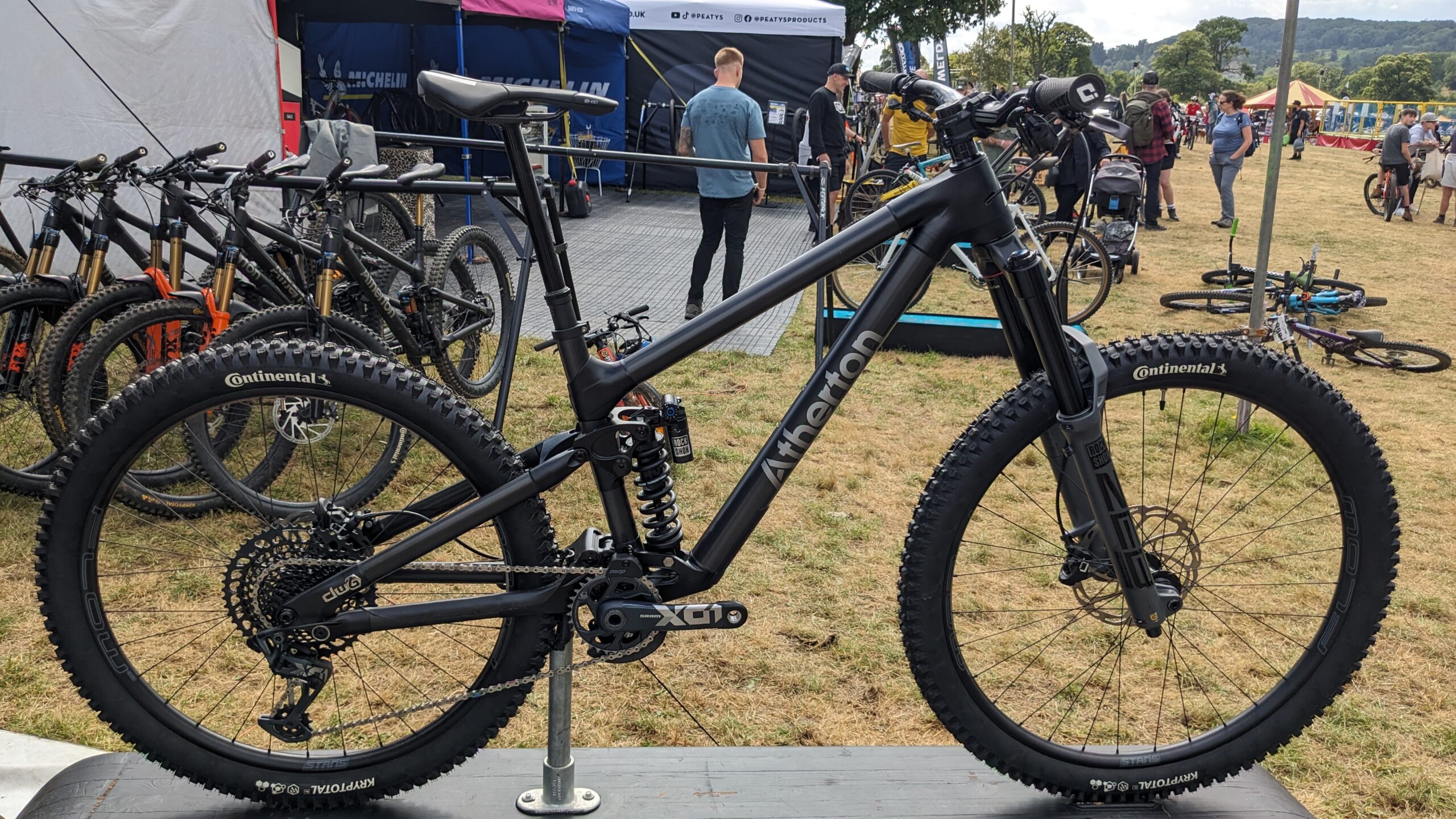
Dropper posts
In 1999, I was the proud owner of a KHS FXT sport full suspension mountain bike. At the time, although I thought it was brilliant, it’s Achilles heal was its very short seat tube which was directly above the rear shock. This meant that there was virtually no adjustability in the seat height. My solution at the time was to ride to the trails with an additional seatpost and seat in my bag! You can only imagine my delight when dropper posts came out as they give you the ability to switch from an efficient pedalling position to an aggressive, ‘seat out of the way’ position in the touch of a button. Simple, yet revolutionary!
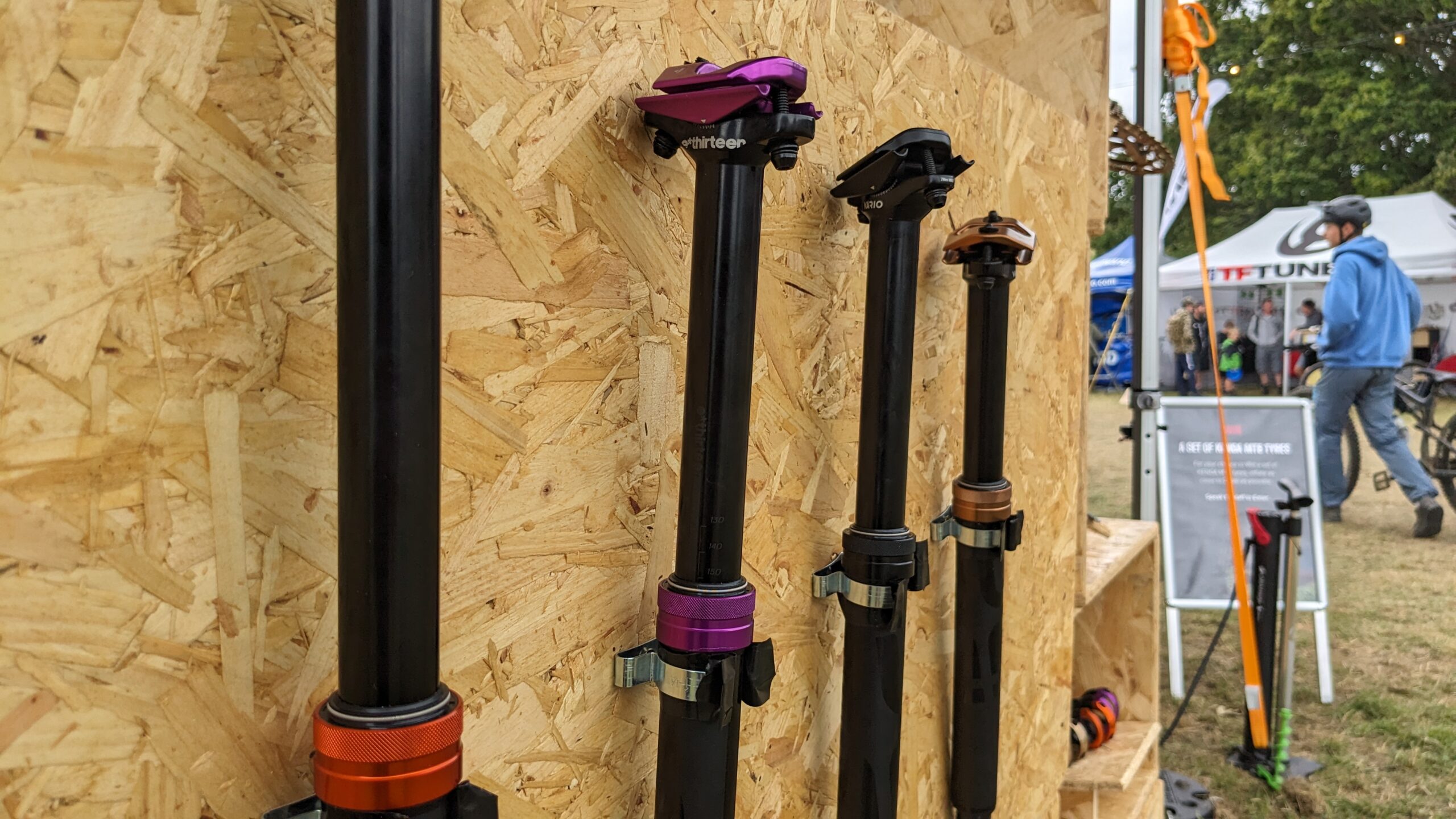
Frame geometry
You need to check out some mid-2000s downhill footage of guys like Steve Peat and Fabien Barrel. Compared to today’s standards, it looks like they are bikes three sizes too small. Modern bikes, whether they are XC, Enduro or Downhill, are longer, slacker and lower than ever before. The handling and stability when compared to old frames is night and day
